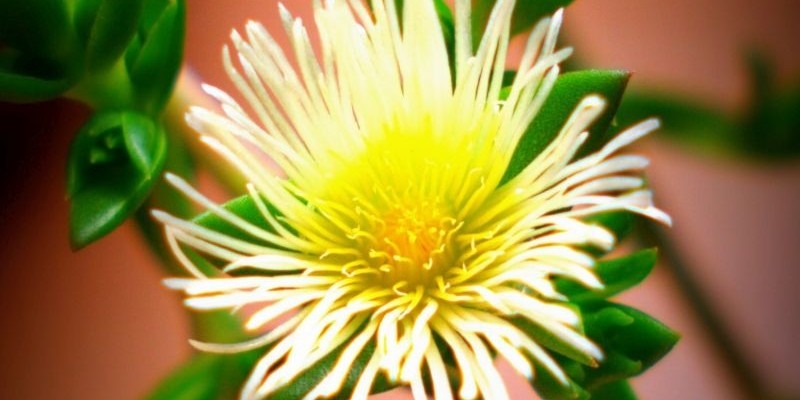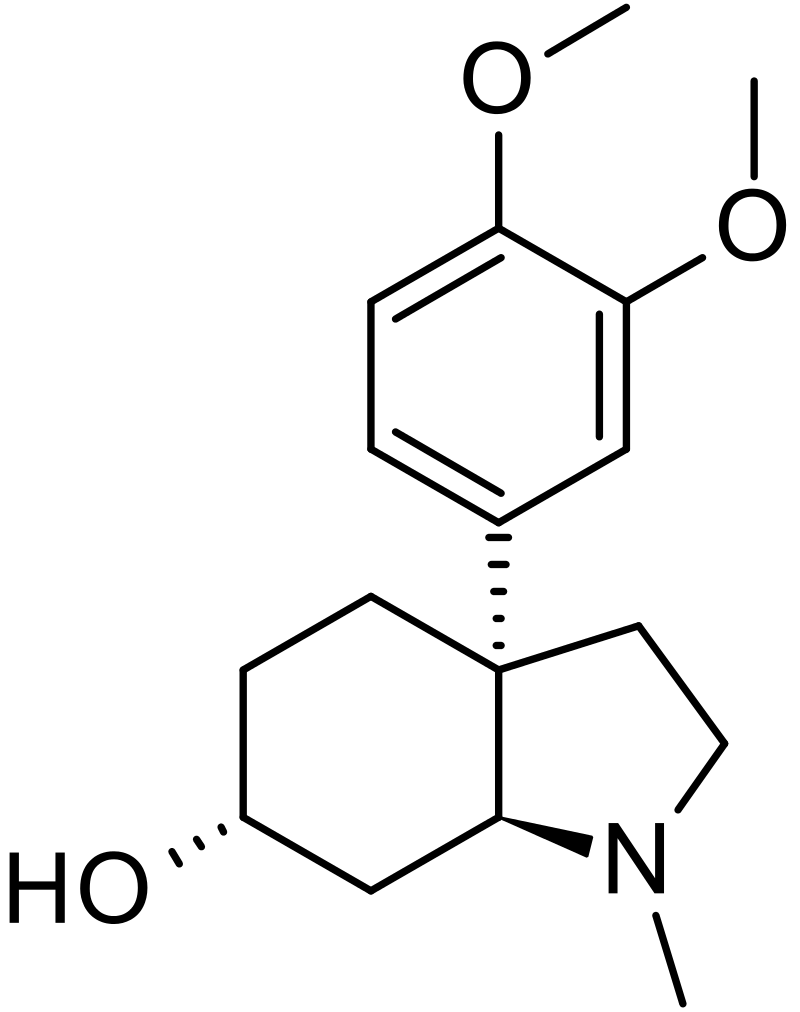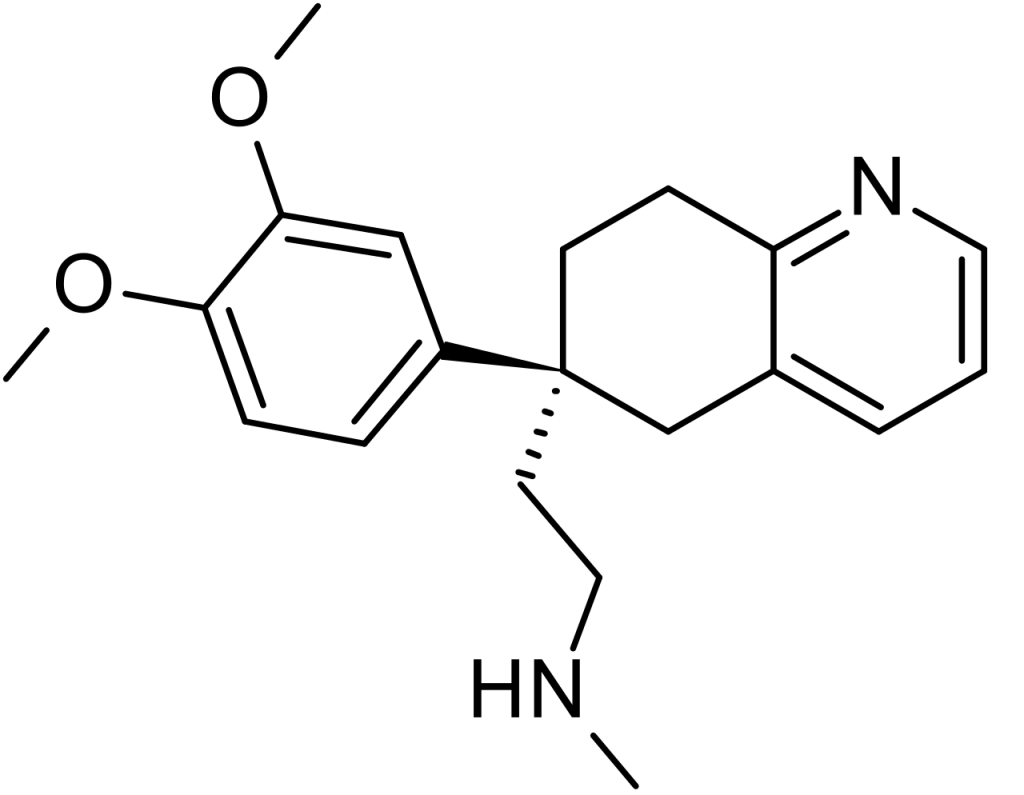What is Kanna? How to Use Kanna? The Ultimate Guide to the Benefits of Kanna

Buy Kanna
What is Kanna?
Kanna, or Sceletium Tortuosum, is an indigenous succulent plant to South Africa, began its prominence in the 16th century when the Dutch came to South Africa. Kanna is a very resilient plant and can grow and survive in areas where other vegetation cannot. This is partly due to the plant’s ability to retain moisture for prolonged periods of time. Kanna was primarily known as “Kougoed” at the time, which is roughly translated into “something to chew”. Traditionally, Kanna was fermented and dried before it was chewed, smoked, or used as snuff. Traditional societies of South Africa would use Kanna to relieve pain and produce a sense of non-sedating calmness. Historically, Kanna was often used by hunters who travel long distances on foot. With the aid of chewing Kanna, it was reported that they could reduce fatigue and improve mood and motivation.
![KANNA EXTRACT POWDER [200:1]](https://elvbio.com/wp-content/uploads/2019/01/Kanna-Extract-for-Sale.-200x.png)
KANNA EXTRACT POWDER [200:1]
Due to Kanna’s desirable psychoactive effects, its popularity has spread to the west and worldwide for its mood-enhancing and nootropic effects. As the popularity and interest in Kanna has risen over time, it can be obtained in forms such as dried fine powder, coarse powder, as a whole plant, as an extract, as a tea.
Kanna’s primary alkaloids are mesembrine, mesembrenone, mesembremol, and tortuosamine. Available research suggests that these alkaloids produce a range of effects, however Kanna is most known for its serotonin-promoting properties, as well as its PDE5 (phosphodiesterase enzyme type 5) inhibiting properties. This full spectrum effect is what allows Kanna to reportedly not produce the same side effects of other serotonin promoting compounds like prescription SSRI’s (selective serotonin reuptake inhibitors).

Mesembrenol 
Mesembrenone 
Mesembrine 
Tortuosamine
Desirable Effects of Kanna:
- Elevated mood.
- Reduced stress and anxiety.
- Improved cognitive performance.
- Improved sense of well-being.
How to Use Kanna?
Kanna is most commonly consumed in fermented powdered form, either as a powder, tea, or in capsules. The most effective reported method of administration is sublingual, allowing for rapid absorption of Kanna alkaloids through the oral-mucosal tissues of the mouth. This is a popular method of consuming finely ground powders. Similarly, coarse Kanna powder or dried plant can be chewed for a prolonged sustained effect. Tea and liquid extracts are other common forms, with the most powerful form of Kanna available being ELV Bioscience’s 98% Pure Full Spectrum Kanna Alkaloid Extract.
Kanna can have a bell-curve effect, wherein reports suggest that consuming lower amounts can produce the desirable effects, but consuming higher amounts can produce unpleasant effects. These unpleasant effects are reported to include: confusion, sweating, nausea, dizziness, and stomach upset.
As a conclusion, the benefits of Kanna make it a useful therapeutic tool with incredible mood-lifting and stress-reducing consequences. It is suggested to have nootropic properties such as enhancing cognitive function and focus, without excessive stimulation and anxiety associated with other popular nootropics such as caffeine.
Buy Kanna Online (Sceletium Tortuosum)
BUY KANNA
REFERENCES:
Smith C (2011). “The effects of Sceletium tortuosum in an in vivo model of psychological stress” (PDF). Journal of Ethnopharmacology. 133 (1): 31–6. doi:10.1016/j.jep.2010.08.058. PMID 20816940. Retrieved 2015-06-29.
“Monograph on sceletium tortuosum” (PDF). South African National Biodiversity Institute. Archived from the original (pdf) on 2007-09-27.
Harvey, A. L.; Young, L. C.; Viljoen, A. M.; Gericke, N. P. (2011). “Pharmacological Actions of the South African Medicinal and Functional Food Plant Sceletium tortuosum and its Principal Alkaloids” (PDF). Journal of Ethnopharmacology. 137 (3): 1124–1129. doi:10.1016/j.jep.2011.07.035. PMID 21798331. Archived from the original (PDF) on 2015-06-30.
Smith, M. T.; Field C. R.; Crouch N. R.; Hirst, M. (1998). “The Distribution of Mesembrine Alkaloids in Selected Taxa of the Mesembryanthemaceae and their Modification in the Sceletium Derived ‘Kougoed'” (PDF). Pharmaceutical Biology. 36 (3): 173–179. doi:10.1076/phbi.36.3.173.6350.
Gericke, N.; Viljoen, A. M. (2008). “Sceletium–A Review Update” (PDF). Journal of Ethnopharmacology. 119 (3): 653–663. doi:10.1016/j.jep.2008.07.043. PMID 18761074.
Coetzee DD, López V, Smith C (2015). “High-mesembrine Sceletium extract (Trimesemine™) is a monoamine releasing agent, rather than only a selective serotonin reuptake inhibitor”. Journal of Ethnopharmacology. 177: 111–116. doi:10.1016/j.jep.2015.11.034. PMID 26615766. Retrieved 2015-12-05. “VMAT-2 was upregulated significantly in response to Sceletium treatment. The extract showed only relatively mild inhibition of AChE and MAO-A. We conclude that the serotonin reuptake inhibition activity ascribed to the Sceletium plant, is a secondary function to the monoamine-releasing activity of high-mesembrine Sceletium extract (TrimesemineTM).”
Smith, M. T.; Crouch, N. R.; Gericke, N.; Hirst, M. (1996). “Psychoactive Constituents of the Genus Sceletium N.E.Br. and other Mesembryanthemaceae: A Review”. Journal of Ethnopharmacology. 50 (3): 119–130. doi:10.1016/0378-8741(95)01342-3. PMID 8691846.
Loria MJ, Ali Z, Abe N, Sufka KJ, Khan IA (2014). “Effects of Sceletium tortuosum in rats” (PDF). Journal of Ethnopharmacology. 155 (1): 731–5. doi:10.1016/j.jep.2014.06.007. PMID 24930358. Retrieved 2015-06-28. “Mesembrine appears to have analgesic properties without abuse liabilities or ataxia. The Sceletium tortuosum fraction has antidepressant properties but does produce ataxia. The ataxia may limit its usefulness as an antidepressant unless the antidepressant activity is associated with one constituent and the ataxia is associated with a separate constituent.”
Nell H, Siebert M, Chellan P, Gericke N (2013). “A randomized, double-blind, parallel-group, placebo-controlled trial of Extract Sceletium tortuosum (Zembrin) in healthy adults” (PDF). Journal of Alternative and Complementary Medicine. 19 (11): 898–904. doi:10.1089/acm.2012.0185. PMID 23441963. Retrieved 2015-06-29. “Both doses of extract Sceletium tortuosum (Zembrin) (8 mg and 25 mg) were well tolerated when used by healthy human subjects once daily for 3 months.”
Murbach TS, Hirka G, Szakonyiné IP, Gericke N, Endres JR (2014). “A toxicological safety assessment of a standardized extract of Sceletium tortuosum (Zembrin®) in rats” (PDF). Food and Chemical Toxicology. 74: 190–9. doi:10.1016/j.fct.2014.09.017. PMID 25301237. Retrieved 2015-06-28. “No mortality or treatment-related adverse effects were observed in male or female Crl:(WI)BR Wistar rats in the 14- or 90-day studies. In the 14- and 90-day studies, the NOAELs were concluded as 5000 and 600 mg/kg bw/d, respectively, the highest dose groups tested.”
